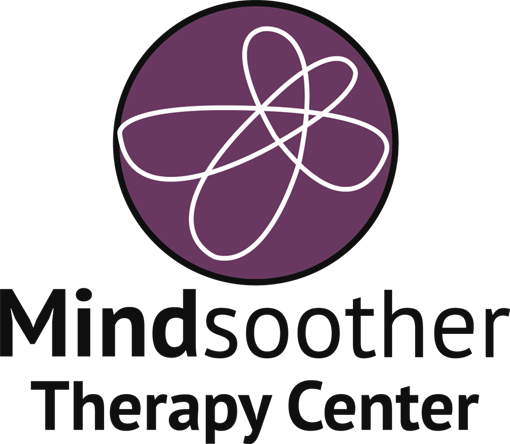How to Use Inclusive Language
Members of the LGBTQIA+ community are at an increased risk of experiencing disorders such as anxiety, depression, suicidal thoughts, and dysphoria. One way that we can be mindful of our impact on others is to use gender neutral language instead of assuming we know how an individual identifies. Using inclusive language to refer to others is not something that was taught widely until recent years and is still not prioritized enough outside of the LGBTQIA+ community. Regardless of how you identify your gender, it is important to understand what it means to use inclusive language when referring to others.
One way to be more inclusive is to use the correct pronouns when referring to others. According to the Merriam Webster Dictionary, the definition of pronouns is: any of a small set of words (such as I, she, he, you, it, we, or they) in a language that are used as substitutes for nouns or noun phrases and whose referents are named or understood in the context. If someone’s name was already referred to in a sentence, a personal pronoun can be used to substitute repeating the name again. Most people have been taught to use the pronouns she/her to refer to a woman or him/his to refer to a man. This concept is not inclusive because it does not acknowledge identities across the gender spectrum such as nonbinary folks.
Some ways to increase feelings of inclusivity in our society is to identify our own pronouns and invite others to communicate theirs. When introducing yourself, this might sound like “Hi, I’m Frankki. I use she/her pronouns. Feel free to let me know what pronouns you identify with if you feel comfortable.” Some people may not feel comfortable communicating what pronouns they identify with, may not know how they identify, or may change their pronouns. That’s okay! Show that you care about identifying them correctly without pressuring them to share.
Using pronouns like she/her or he/his should only be used if the individual has indicated that they identify with these personal pronouns. It is important not to assume what personal pronouns an individual prefers by looking at them. The pronouns they/them can be used as a more inclusive way to refer to someone who has not yet communicated what pronouns they identify with. This might sound like “I spoke to Alex earlier; they will be arriving soon.” Another way to use inclusive language is to use their name rather than substitute with a pronoun. This would sound like “I spoke to Alex earlier; Alex will be arriving soon.” If you make a mistake when referring to someone’s pronouns, be sure to acknowledge your mistake without dwelling on it. Simply apologize, correct yourself, and move on. Dwelling on your own emotional experience can make others feel uncomfortable and bad about themselves.
There are so many ways that gender is assumed in our society. Other ways, aside from pronouns, that inclusive language is often dismissed include referring to people as “ladies and gentleman”, “boys and girls”, and “mom and dad”. Instead we can use neutral words such as everyone, folks, and students to speak to a group and partner or parents to refer to relationships. Instead of referring to someone as a man or woman, use terms like individual or person.
Using inclusive language is respectful and can reduce feelings of dysphoria that an individual feels when referred to with the incorrect pronouns or gender specific terms. If unsure about how an individual identifies default to using inclusive, gender neutral language!

